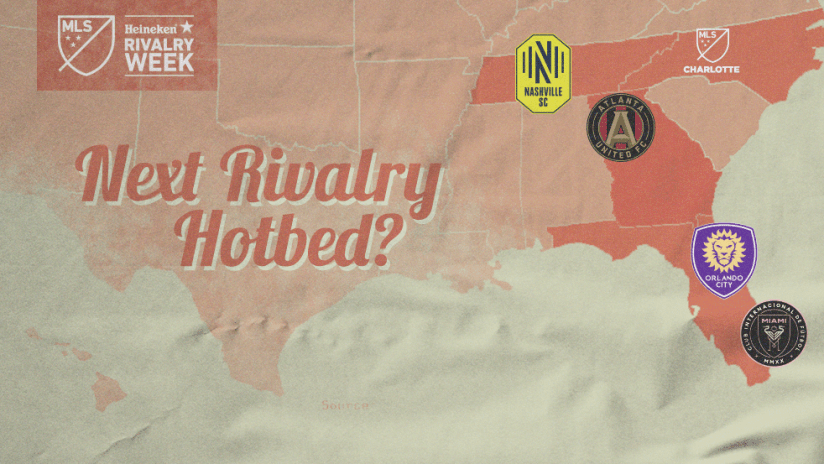A little over six years ago, MLS heavyweights jetted down to Georgia to officially welcome the entity that would eventually become Atlanta United. It was a splashy event, as expansion parties usually are, and even with owner Arthur Blank and then-mayor Kasim Reed making assertive promises of success, it was viewed with apprehension by large swaths of the North American soccer community.
This was the league’s first foray into the South — at that point a big blank spot on the map with no MLS teams between Washington, D.C. and Texas — since it had contracted its two Florida teams 13 years prior. Commissioner Don Garber made clear this was a calculated and necessary gambit to grow the league’s footprint, but the pundits and prognosticators weren’t so sure.
Even if you could steer past the doubts about the ATL as a sports city and the wisdom of sharing a hulking (and synthetically-turfed) NFL venue with the Falcons, the nagging sense remained that this was rocky soil for the beautiful game. “SEC country” was slapped across the region like the foreboding “here be dragons” tag used by ancient cartographers to denote uncharted and perilous territory.
We all know how that worked out.
The Five Stripes are MLS pacesetters, 2018 champions and paradigm-shifters across multiple contexts. Along with their (on-paper) rivals in Orlando, they’ve been joined by a steadily-growing cadre of near-neighbors, with Inter Miami and Nashville SC arriving in MLS this year and the still-to-be-named Charlotte newcomers on schedule for 2021.
What was once terra incognita for the league is now a growth market. And as we mark Heineken Rivalry Week as best we can without actual games, it’s a good time to take stock of just how much potential is simmering down in the Southeast.
Nashville packed nearly 60,000 fans into Nissan Stadium for their MLS home debut, a visit from ATLUTD, the side they aspire to call rivals. Those building David Tepper’s aggressive, well-funded Charlotte project have signaled comparable — and perhaps even spendier — ambitions, and aim to hit the ground running.
Both Miami and Orlando look keen to lock horns for Sunshine State supremacy. From Josef Martinez’s gleeful trash-talking to rowdy traveling fans in both directions, Atlanta-Orlando is as much fun as a matchup can be when one side tends to always beat the other. Once they’re all playing one another regularly, new narratives will emerge.
The region is large, diverse and resists blanket characterization. But its explosive soccer growth, combined with the fierce sporting devotion that led the Southeastern Conference to christen “it just means more” as its motto, raises the tantalizing prospect of backyard brawls that could someday match those found along the I-95, California or – dare we say it? – Cascadia corridors.
Or who knows? Maybe even eclipse them.
If you think that sounds like a pipe dream (and I understand why), consider how many of us would’ve said the same thing about the current landscape five years ago. These Southern communities are growing explosively — Charlotte, for example, is literally twice the size it was at the turn of the century — and powered by migrants eager to connect with their new cities via collective experiences. They can emulate the enormous throngs of Five Stripes fans who travel to Mercedes-Benz Stadium, a phenomenon that will hopefully resume when the COVID-19 crisis abates.
The power of a unifying identity across diverse populations, combined with levels of curiosity about the sport that many of us never thought we’d see in our lifetimes, is at the core of Atlanta’s story. It’s what’s pacing those startling numbers of ticket deposits in places like Charlotte and Austin. And it might just change the face of soccer in the Southeast as we know it.
Just one catch: Someone's got to beat ATL at some point.














